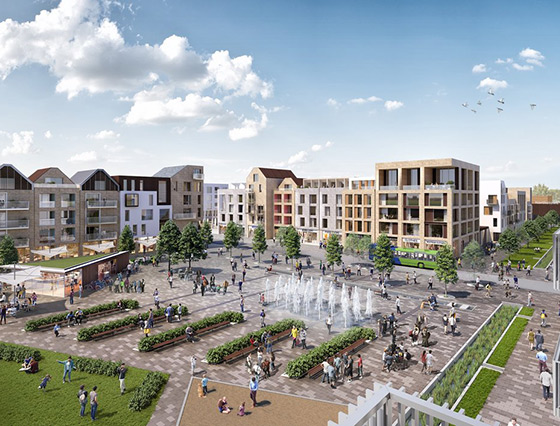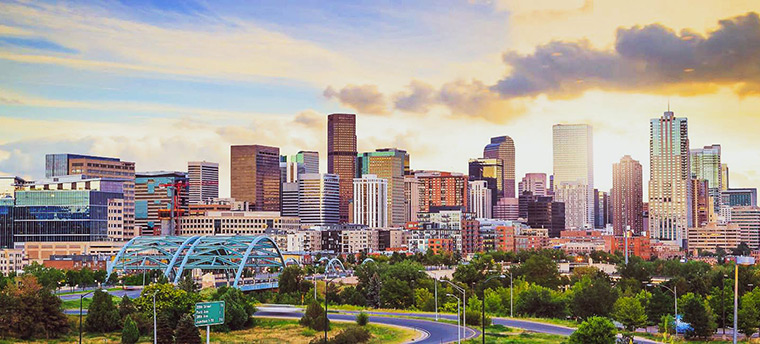The New Localism & the 15-minute City
How does it work and how do we retrofit into the existing urban landscape?
What is it?
The advent of Covid-Lockdown(s) has forced people to use their neighbourhoods for a multitude of reasons – not least because travel had been reduced to essential trips only. Since shops have reopened, people have continued to support their local businesses demonstrating a renewed sense of community. This need for improved localism however, has been on the agenda prior to the 2020 pandemic.
It is with the intention of building sustainable communities, centred around intensified placemaking that has led an increasing number of urban planners and authorities to use the concept of the 15-minute city1.
The 15-minute city is a concept that defines cities by its neighbourhoods or districts. Instead of centralising provisions in city centres or central business districts, services and facilities are dotted around a city according to where people live. The idea not only reduces carbon dependency, increases community provision and makes places healthier it can also improve vibrancy, access to goods, culture and entertainment. Residents are able to obtain most of what they need to both live and work within a short trip from their home, ideally without the reliance on cars.
From that approach, the concept is now more widely understood as the need for localism. This wider understanding explains why the concept has been adopted with speed by many authorities across the globe, most notably in 2020 in Paris and Melbourne, as it also encapsulates two central ‘tipping point’ agendas; promoting well-being and sustainability.





